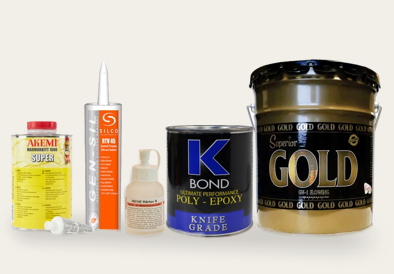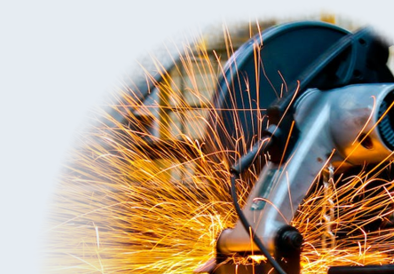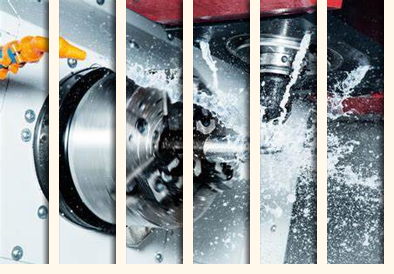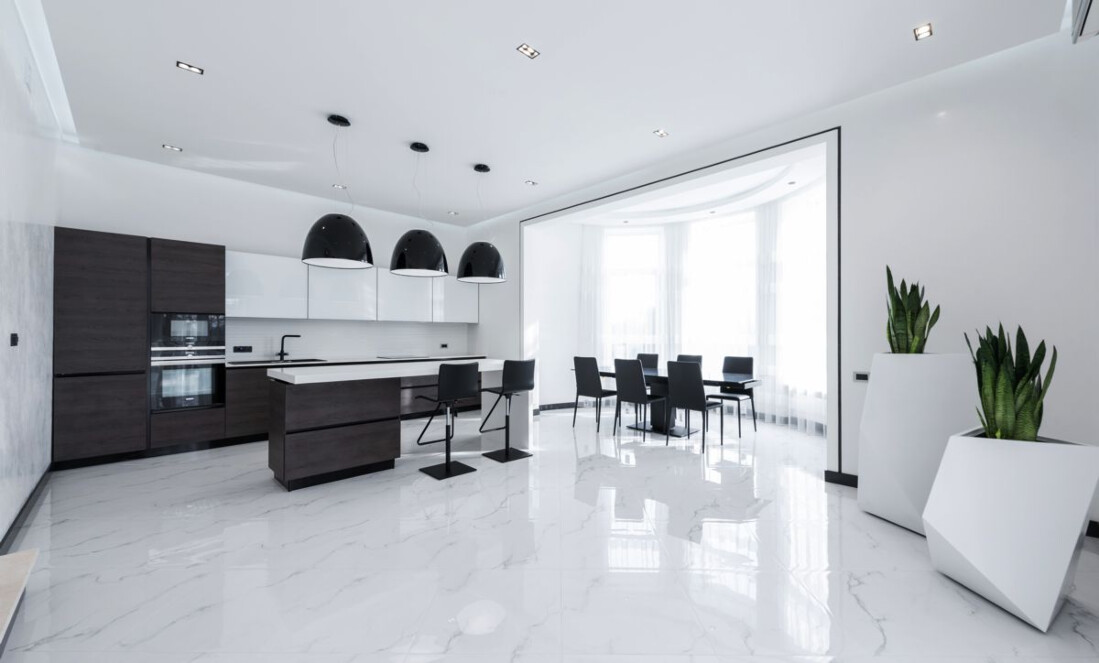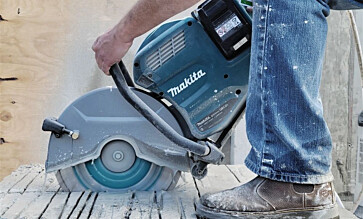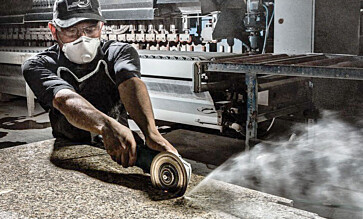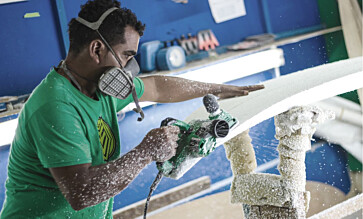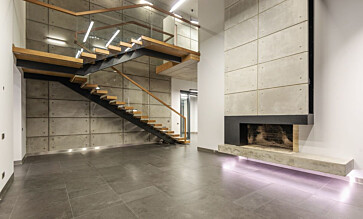When it comes to achieving a breathtaking finish on your stone and tile installations, the polishing process plays a crucial role. Among the various techniques available, two popular methods stand out: wet polishing and dry polishing. In this article, we'll delve into the key differences between these methods and guide you on when to use each one. Additionally, we'll share valuable tips and tricks to help you achieve exceptional results.
Wet Polishing
Wet polishing involves using water as a lubricant during the polishing process. Here are some notable characteristics and advantages of wet polishing:
- Cooling and lubrication: The presence of water helps cool the stone surface and lubricates the polishing pads, preventing overheating and extending their lifespan.
- Dust reduction: Water acts as a suppressant for dust particles, minimizing airborne dust during the polishing process. This is particularly beneficial for indoor projects or areas with strict dust control regulations.
- Enhanced polishing quality: The water-saturated pads facilitate smoother movement across the stone surface, resulting in a high-gloss, mirror-like finish.
- Ideal applications: Wet polishing is commonly used for softer stones such as marble, limestone, and travertine. It is also recommended for projects that require a high level of shine and clarity.
Tips and Tricks for Wet Polishing
- Keep the surface wet: Regularly wet the stone surface during the entire polishing process to maintain adequate lubrication and cooling.
- Use a proper water source: Ensure a consistent water supply by using a reliable water source or a dedicated wet polishing system.
- Choose the right grit sequence: Start with a coarser grit to remove scratches and gradually progress to finer grits for a polished shine.
- Avoid excess water: While water is necessary, excessive moisture can dilute the polishing compounds. Find the right balance for optimal results.
Dry Polishing
Dry polishing, as the name suggests, does not involve the use of water during the polishing process. Consider the following aspects when considering dry polishing:
- Convenience and mobility: Dry polishing offers greater flexibility as it eliminates the need for a constant water supply. This makes it suitable for outdoor projects or areas with limited water access.
- Dust management: Unlike wet polishing, dry polishing generates more dust. Therefore, it's essential to implement proper dust control measures such as dust extraction systems or wet-dry vacuum cleaners.
- Faster drying time: Without water, the polished surface dries more quickly, allowing for faster project completion and reduced downtime.
- Ideal applications: Dry polishing is commonly used for harder stones like granite and engineered quartz. It is also suitable for projects where time constraints and mobility are critical factors.
Tips and Tricks for Dry Polishing
- Use a dust extraction system: Employing a high-quality dust extraction system is crucial to minimize airborne dust particles and maintain a clean working environment.
- Choose the right polishing pads: Opt for dry-specific diamond polishing pads designed to withstand the friction and heat generated during dry polishing.
- Regularly check for heat buildup: Dry polishing can generate more heat than wet polishing. Periodically check the temperature of the stone surface to avoid overheating and potential damage.
Conclusion
Whether you choose wet or dry polishing, understanding the key differences and appropriate applications of each method is essential for achieving outstanding results. Wet polishing provides cooling, dust reduction, and remarkable shine, making it ideal for softer stones. On the other hand, dry polishing offers convenience, faster drying times, and mobility, making it suitable for harder stones. By implementing the right techniques and following our tips and tricks, you'll be on your way to creating stunning stone and tile installations.

